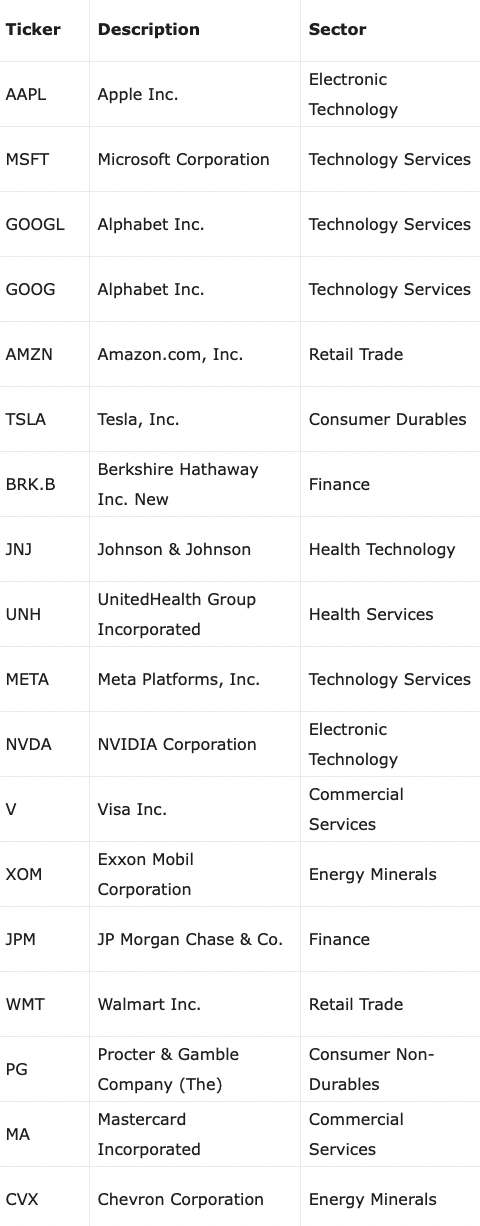11 Myths About the S&P 500


Despite being one of the oldest and most well-known indexes in the world, there are still some misconceptions about the S&P 500.
Below, we dispel some of the most common myths about this popular market benchmark.
1) The S&P 500 is only made up of US companies
A company must be based in the US to be included in the S&P 500.
However, the exposures of S&P 500 companies are global.
The index includes companies from a variety of different countries.
While the majority of the companies in the index are based in the United States, there are also companies that have large operations in Canada, Japan, and Europe.
And many large US conglomerates also do a lot of business overseas, which aids in getting exposure to other countries.
2) All of the companies in the S&P 500 are huge companies
Another common misconception about the S&P 500 is that all of the companies included in the index are very large companies.
They are not all massive conglomerates – while the majority of companies in the index are large cap, there are also a number of companies included in the index that have market caps of under $20 billion.
3) The S&P 500 is a value index
While the S&P 500 does include a number of value companies, it is not a pure value index.
In fact, the index includes companies from a variety of different sectors and with a variety of different market capitalizations.
4) The S&P 500 is a growth index
Similar to the “myth” above, the S&P 500 is not a growth index.
While the index does include some growth companies, it is made up of a diverse range of companies from different sectors and with different market capitalizations.
5) The S&P 500 is an index of the best companies in the world
The S&P 500 is not an index of the best companies in the world, but rather a market-cap weighted index of large cap US stocks.
To be included in the index, a company must meet certain criteria, such as being headquartered in the United States and having a minimum market capitalization.
6) The S&P 500 is an index of blue chip stocks
The S&P 500 is not an index of blue chip stocks.
While many of the companies in the index are well-known and respected names, there are also a number of less well-known companies included in the index.
7) The S&P 500 is an index of the most profitable companies
The S&P 500 is not an index of the most profitable companies.
Four straight quarters of profitability is a criterion for inclusion in the index, but many companies in the index are not currently profitable.
8) The S&P 500 is an index of only the biggest companies
The S&P 500 is not an index of the biggest companies.
While many of the companies in the index are large, there are also a number of smaller and mid-sized companies included in the index.
9) The S&P 500 is an index of stocks that pay dividends
The S&P 500 is not an index of stocks that only pay dividends.
Many companies do, but many don’t, including some of the largest in the index.
10) The S&P 500 is an index of the oldest companies
The S&P 500 is not an index of only the oldest companies.
In fact, many of the companies in the index are relatively young, especially when compared to indices such as the Dow Jones Industrial Average (DJIA) that include more “value” oriented stocks.
11) The S&P 500 is an index of tech stocks
The S&P 500 is not an index of tech stocks.
While there are a number of tech companies included in the index, the majority of companies in the index are from other sectors.

Summary
The S&P 500 is a popular stock market benchmark, but there are a number of myths about the index.
It is important to understand what the index actually is before investing, so that you can make informed investment decisions.